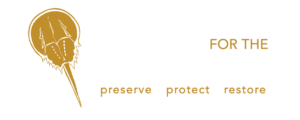Ospreys of the Inland Bays
The return of ospreys to the Inland Bays is always a welcome sign of spring, but their survival and nesting success is directly linked to the health of the Inland Bays.
Ospreys are important indicators of the health of the Bays because they are at the top of the food chain. In a process called biomagnification, the birds ingest chemicals that may accumulate in the fish that they eat.
Researchers have been tracking data on the number of active eagle and osprey nests around the Bays for decades (eagle surveys began in the late 1980s and osprey surveys began in the early 1990s). In prior years, pesticides greatly impacted these species, and since DDT was banned and the level of pesticides found in the fish they eat has declined, populations have rebounded significantly.
The comeback story of ospreys (and eagles) is truly good news for the health of the Inland Bays.


